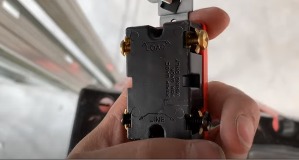
In our home electrical system, we have different light switches. This includes single poles, double pole switches, 3 ways, 4 ways, and dimmer switches.
While these switches do the same work, which is to turn on and off the light fixture, some add extra features.
A double pole light switch not only ON and OFF the light bulb but also protects you from electric shock and hazards.
This article will review the basics of a double-pole switch, its functions, types and installation procedures.
What is a double-pole switch?
A double pole (DP) switch is a light switch that controls two circuits at a time. The switch opens both the live and neutral parts of the circuit, isolating the load completely from the circuit.
DP switches are used in controlling 240 volt appliances, such as air conditioners and water heaters. They are less common in our homes compared with single pole switches.
Types of double-pole switch
There are two types of DP switches, they include:
- Double pole single throw
- Double-pole double-throw switch.
Double pole single-throw switch (DPST)
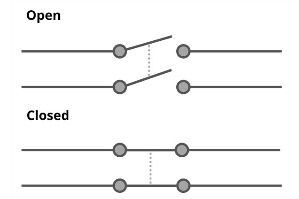
A double pole single throw (DPST) switch is an electrical switch that has two separate contacts, or poles, which can open or close a single circuit.
Each pole of the switch can either be in an “on” or “off” position, controlling the flow of electrical current through the circuit.
A double pole single throw has four terminals, two inputs and two outputs, and is all controlled by the same switch.
Double-pole double-throw switch (DPDT)
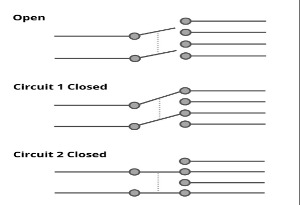
A DPDT switch is an electrical switch that has two separate poles used to open or close two different circuits.
DPDT has six terminals, two inputs and four output terminals.
How to install a double pole switch
DP switch wiring is easy, however, it requires someone that understands the basics of electrical wiring and safety measures.
If you cannot handle the task, call an electrician to install the switch.
Tools and materials required for the installation
- Screwdriver
- Voltage tester
- Electrical tape
- New DP switch
How to wire a DP switch
Once you have everything it requires to install the switch, you can continue with the installation. The DP switch comes with four hot terminals and a ground screw to connect to the earth.
Make sure you follow these guidelines to avoid incorrect wiring.
Turn off the power source
Locate your main breaker box and turn off the breaker that controls the branch circuit you want to install the switch.
This is usually the first step to take before working on electricity to ensure maximum safety.
Wire the circuit
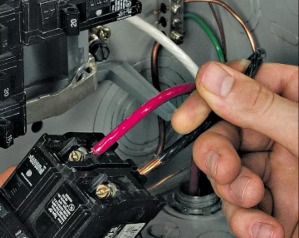
If you already have a wired switch box, there will be no need to run another cable. Instead, you can remove the old switch.
However, if it is a new installation, you will need to run a dedicated 220/240 circuit, connected to a 30 amp breaker.
Here is how to install and wire a 30 amp breaker in your breaker panel
Once you are through with the wiring, pull the cables to the electrical box for switch connection.
Connect the switch
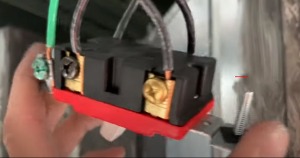
The switch usually has five terminal screws, two brass load terminals, two black line terminals, and a ground screw.
Connect the two hot wires from the power source or circuit breaker to the load screws of the switch.
If the circuit is wired already, you may find it hard to detect the hot or incoming wires from the breaker. In that case, you will need to turn ON the breaker and test with a voltage tester to detect the incoming wires.
Connect the two wires that go to the socket or outlet box where you plug your 220v devices into the line terminal of the switch.
Attach the green or bare copper wire to the ground or green screw. Use electrical tape to cover the whole connection to protect the wires from touching the metal box.
Mount the switch
Once you are through with the connection, mount the switch on the switch box and tighten it with screws
Test the switch
Turn ON the circuit breaker and test the switch to make sure it is working fine.
You can watch this video if you still need more information on wiring a DP switch
Difference between a single pole and a double pole switch
The difference between a single pole and a DP switch is that a single-pole switch controls one circuit while the double pole switch controls two separate circuits.
Related articles